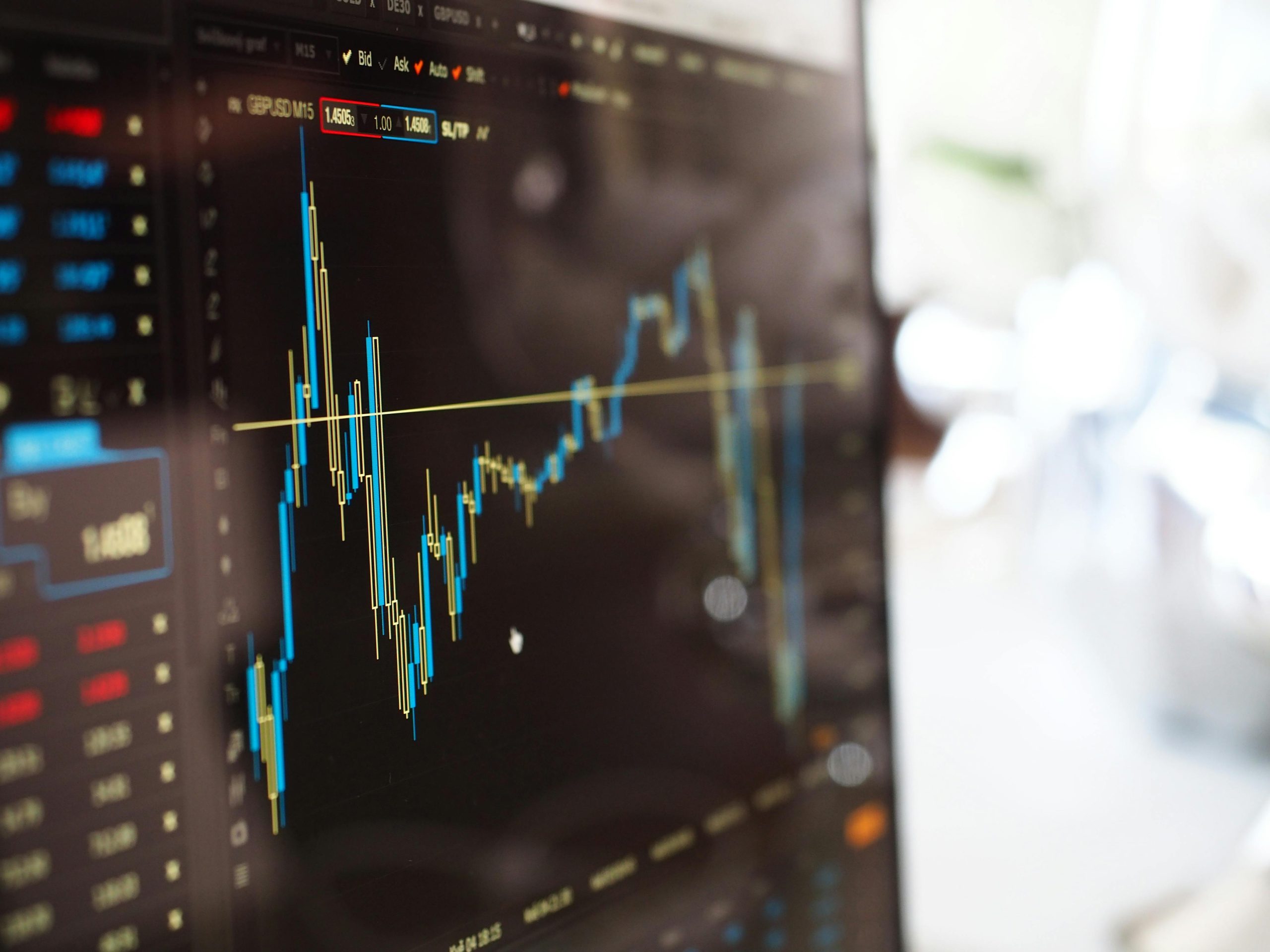In the dynamic world of trading, staying ahead requires not only knowledge but also the right tools. One of the most valuable tools for traders today is forex signals. These signals can guide decision-making and improve trading accuracy when used effectively. However, many traders make costly mistakes by misusing or misunderstanding forex signals. This article will explore how to use forex signals effectively, avoid common pitfalls, and maximize your trading success.
Understanding Forex Signals
What Are Forex Signals?
Forex signals are trade recommendations or alerts generated by experienced traders, analysts, or automated systems. These signals typically include information about entry points, stop-loss levels, take-profit targets, and the direction of the trade (buy or sell). The goal of forex signals is to help traders make informed decisions without spending hours analyzing the market.
Types of Forex Signals
- Manual Signals: Generated by professional traders or analysts based on market research.
- Automated Signals: Created by algorithms or trading bots that analyze market data and trends.
- Copy Trading Signals: Allow traders to mimic the trades of experienced professionals in real time.
Why Use Forex Signals?
Using forex signals can provide several advantages:
- Save Time: Signals reduce the time spent on market analysis.
- Access Expert Insights: Signals often come from experienced traders or sophisticated algorithms.
- Improve Decision Making: Signals provide actionable information to enter or exit trades at the right moment.
- Enhance Risk Management: Signals often include stop-loss recommendations to limit losses.
Common Mistakes When Using Forex Signals
Even though forex signals offer many benefits, traders often make errors that undermine their effectiveness. Understanding these mistakes is the first step toward using forex signals effectively.
Blindly Following Signals Without Understanding
One of the most common errors is relying on forex signals without understanding the reasoning behind them. Blindly following signals can lead to losses, especially when market conditions change unexpectedly.
Ignoring Risk Management
Forex signals typically include risk management advice, such as stop-loss levels. Ignoring these recommendations or using improper risk management can lead to significant losses.
Overtrading Based on Signals
Some traders misuse forex signals by placing too many trades simultaneously or entering trades too frequently, often in an attempt to maximize profits. This overtrading can increase transaction costs and amplify risk.
Failing to Verify Signal Providers
Not all forex signals are created equal. Many providers lack transparency or reliability. Choosing unverified or low-quality signal services can result in poor trading outcomes.
How to Use Forex Signals Effectively
To harness the full potential of forex signals and avoid costly mistakes, traders should adopt a disciplined and informed approach.
Choose Reliable Signal Providers
Research and select signal providers with proven track records. Look for transparency, consistent performance, and clear communication. User reviews and third-party audits can help identify trustworthy sources.
Understand the Signals Before Acting
Before acting on any forex signals, take the time to understand the rationale behind the trade recommendations. This will build your trading knowledge and help you make better decisions in the long run.
Incorporate Risk Management Strategies
Always follow the stop-loss and take-profit levels suggested in the forex signals. Use position sizing to limit the amount of capital exposed to any single trade. Proper risk management preserves your trading capital and prevents large losses.
Use Forex Signals as Part of a Trading Plan
Forex signals should complement your broader trading strategy, not replace it. Develop a comprehensive trading plan that includes entry and exit criteria, risk management, and rules for using signals.
Monitor and Evaluate Performance
Regularly assess the performance of the forex signals you use. Track wins, losses, and overall profitability. Adjust your approach or switch providers if the signals do not meet your expectations.
Combine Signals with Market Analysis
Use forex signals as a starting point, but also conduct your own market analysis. Consider fundamental factors like economic news and technical indicators to validate the signals and increase your confidence.
Tools and Platforms for Receiving Forex Signals
Many platforms and tools facilitate the use of forex signals. Choosing the right ones can enhance your trading experience.
Mobile Apps and Notifications
Several signal providers offer mobile apps that deliver real-time notifications, allowing you to react quickly to market changes.
Trading Platforms with Signal Integration
Popular trading platforms like MetaTrader 4 and MetaTrader 5 support direct integration of forex signals, making it easy to receive and execute trades automatically.
Social Trading Networks
Platforms like eToro and ZuluTrade offer social trading features where you can follow and copy trades based on forex signals from expert traders.
Evaluating the Quality of Forex Signals
Not every signal service is trustworthy or profitable. Knowing how to evaluate the quality of forex signals can save you time and money.
Accuracy and Win Rate
Look for services that provide transparent statistics on their signal accuracy and historical performance.
Transparency and Communication
Good providers clearly explain the methodology behind their signals and maintain regular communication with users.
Trial Periods and Refund Policies
Many reputable services offer trial periods or money-back guarantees, allowing you to test their signals before committing.
The Role of Psychology in Using Forex Signals
Even with accurate forex signals, psychological factors can impact your trading results.
Avoid Emotional Trading
Stick to the signals and your trading plan, even during periods of loss or unexpected market movements. Emotional decisions often lead to poor outcomes.
Practice Patience and Discipline
Not every signal will result in a winning trade. Be patient and maintain discipline by following your risk management rules consistently.
Conclusion
Forex signals can be powerful tools for traders when used correctly. They offer the potential to save time, access expert insights, and improve trading decisions. However, to avoid mistakes, traders must choose reliable providers, understand the signals, incorporate sound risk management, and maintain discipline. By integrating forex signals into a well-rounded trading strategy, you can enhance your chances of success and navigate the forex market more effectively. Remember, forex signals are not a magic solution but a valuable resource that requires careful and informed use.
